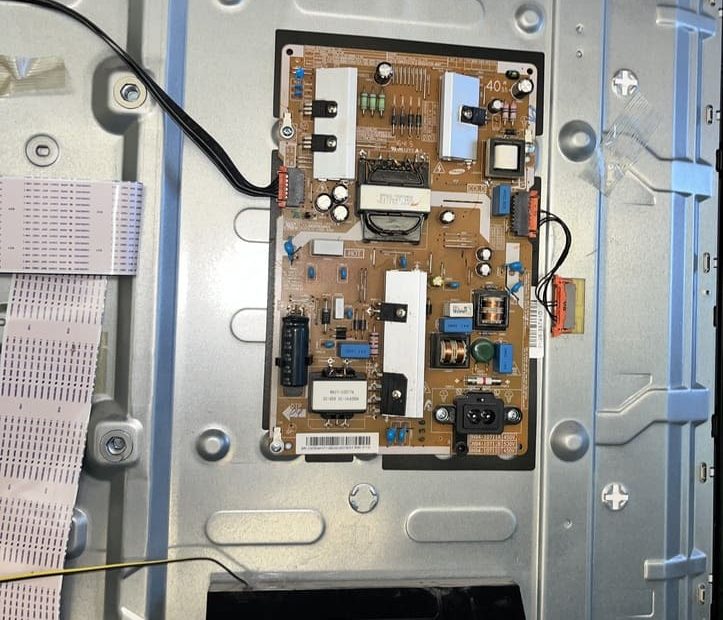OLED stands for Organic Light Emitting Diode. "Organic" refers to the carbon film that is inside the panel before the glass screen. OLED panels themselves emit light when an electric current passes through them, whereas LCD and LED display cells require an external light source, such as a large backlight, to ensure brightness. This backlighting is what differentiated LCDs from their LED variants. A traditional LCD display has a backlight (called cold cathode fluorescent light or CCFL) that is uniform across the back of the display.
This means that whether the image is black or white, it is illuminated with exactly the same brightness of light across the panel. This reduces so-called 'hot spots' or areas of extremely bright light, because the actual light source illuminating them is the same. This all started a few years ago when engineers at companies like Samsung and Sony introduced an array of LEDs as backlighting, meaning that if a certain part of the screen was black, the LEDs behind that part could be switched off to make it appear blacker. This is a better solution than CCFL backlighting, but it still has imperfections. Since the backlight is generated by the light behind the LCD and not by the LCD layer itself, the backlight is not fully synchronous with the pixel in front. This results in an effect called "blooming", where LED light from the bright parts of the image is transmitted into the black areas. This is what distinguishes OLEDs from LCD/LED displays. In an OLED TV screen, the light is emitted by the pixels themselves, so they can switch off completely when they need to be black, rather than relying on the backlight to switch off behind them.

